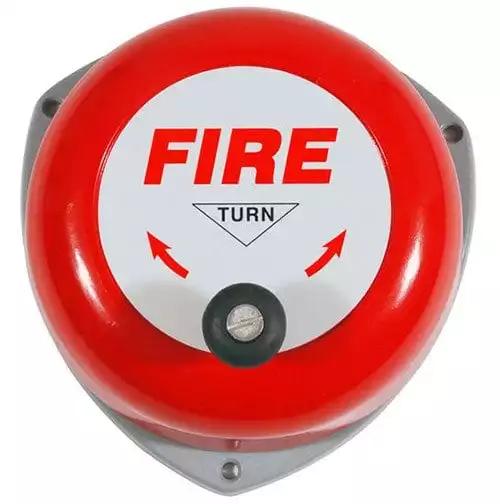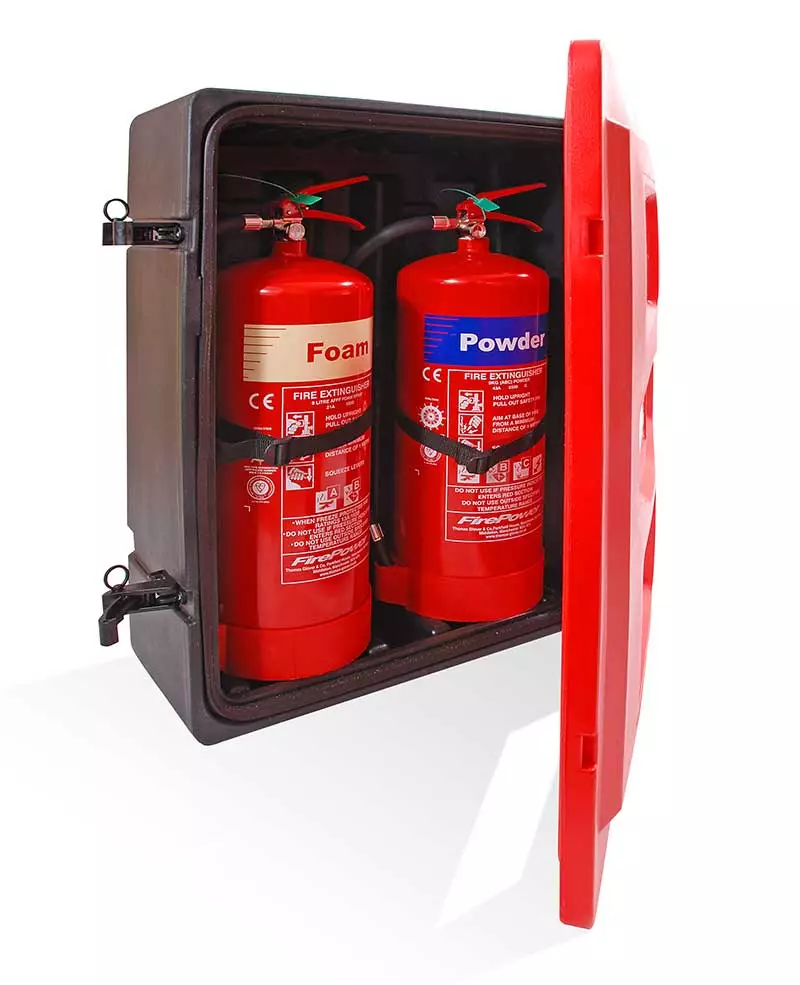Fire safety advice for charity shops and events
When you’re open to the public, or even hiring staff and volunteers, then fire safety precautions must be in place. This will help you to protect lives as well as preventing extensive damage.
It’s important that you reduce the risk of fire as much as practically possible, as well as being prepared in case a fire were to ever start. Action required ranges from changes to procedures, having the right equipment, and providing training where appropriate.
In England and Wales, these are enforceable under the Regulatory Reform (Fire Safety) Order 2005, and the Fire (Scotland) Act 2005 in Scotland. The legislation helps to ensure everyone knows the standard to which they should meet, with failure to comply resulting in fines and even possible imprisonment.
Of course, the major benefit is that people are safe, as well as their livelihoods. Over 70% of businesses which have been involved in a major fire either do not reopen or subsequently fail within three years.
Should a fire devastate your charity shop or offices, it can be difficult to recover so it’s best to take action before it’s too late.
Although you can hire a professional assessor to carry out a fire risk assessment of your premises or event space, you can also carry this out yourself.
Hazard spotting
First things first, walk around the site with a pen and paper and make a note of all the potential hazards. This will include the things which could start a fire and the things which could burn.
Heaters, cooking equipment, electrical equipment, naked flames, and a lot else besides, could all be the cause of a fire igniting. That is why it’s recommended that gas and electrical equipment are serviced annually to ensure they remain in tip-top condition.
And those items then need to be kept a safe distance away from things such as paper, cardboard, fabric, furniture, rubbish, and flammable gases and liquids as they could all be a fuel source.
Who’s at risk?
Next, you think about the people most likely to be present if a fire were to start, and their possible needs. Staff, volunteers, customers, visitors, and contractors could all be on site or on your premises.
And what about those who are likely to need assistance making an exit during an emergency. The elderly, children, and those with mobility issues could all possibly need a helping hand, or will at least need provisions in place.
Advertisement
Evaluate and act
With those findings, you can now take action to identify what you need to do. If you’re renting or hiring a space, then the basics will hopefully already be there, but it is still your responsibility to ensure they are and are working correctly.
For example, you need a method of fire detection which will alert you at the first signs of a fire. This means you may be able to take early action which prevents it from getting out of control or to fully evacuate before it’s too late.
To aid with this, you’ll need fire exit doors which are correctly signposted, and even fire doors which can help to contain a fire to one room long enough for the fire service to turn up.
Fire extinguishers are essential, wherever you are. Generally, one water-based extinguisher (water or foam) of three litres or more will cover 200 square metres of floor space. Although for specific threats, the appropriate fire extinguisher will need to be kept close to the hazard.
These will include:
- Foam extinguishers for use on flammable liquids;
- Powder extinguishers are versatile, lighter, and safe to use around electrical equipment as well as flammable liquid and gas. However, they can affect visibility and breathing, so should be mitigated by a health and safety risk assessment if
specified for indoor use; - On electrical equipment, CO2 extinguishers are the safest method and will also prevent further damage to the electronics;
- ONLY a wet chemical extinguisher is safe to use on fires involving deep fat fryers. Fire blankets are a great addition to kitchen areas.
It’s important that you get yourself fully equipped.
Record, plan and train
Now you’re able to put in place an effective fire action plan. This will set out what everyone should do in an emergency, stating the best emergency exit routes, where the assembly point is, and who calls the fire brigade.
You will also want to choose fire wardens who you know you can depend on. In a shop or office, this may just be a few members of staff so you always have someone trained present.
At an event, you’ll want as many volunteers or staff trained as possible.
When they have been given the correct training, they’ll then help you to promote good fire safety, train others, hold fire drills, and take charge calmly in an emergency.
With the plan in place and everyone aware of what it is, the best way to test that it is effective, and to make people familiar with it, is to hold a fire drill. Hopefully, it will go smoothly, but if it doesn’t then it’s best to find out now before it’s too late to alter it.
Review the assessment
A fire risk assessment is never complete and it is important to keep it up to date. This way, you can account for changes that may have occurred in the premises, operations, or people present.
This is why the fire service recommends reviewing the assessment annually. This is because even a series of minute changes can build up to have a major impact.
Carrying out a fire risk assessment yourself, or by another competent person, is relatively easy, although many business owners choose to hire professional risk assessors to complete their first one for them as it saves time and gives them peace of mind.
However, you should have no issue carrying out a review yourself. The Government has issued a checklist to help you do this.
Stuart Collyer is Staff Writer at Fire Protection Online which offers fire risk assessments and fire safety equipment. They are also committed to helping simplify fire safety so everyone is better protected.








